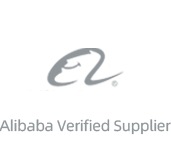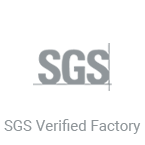In modern life, PVC labeling can be seen everywhere and is widely used in the packaging and labeling of various products, such as bathroom products, cosmetics, electrical products, building materials, industrial products, daily necessities, pipes and optical fiber cables. PVC labeling has become one of the indispensable materials in many fields due to its excellent properties such as waterproof, oil-proof, high temperature resistance, tear resistance and flexibility. These characteristics also put forward high requirements on its adhesive materials, and hot melt adhesive film for pvc labeling is one of the main solutions.
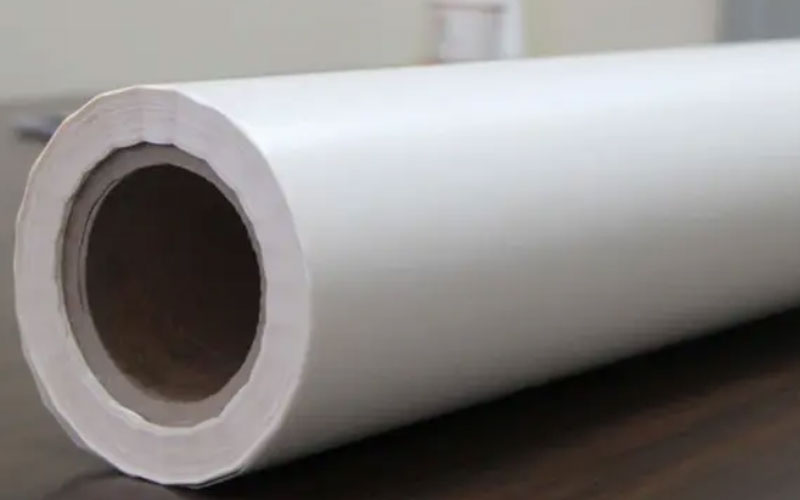
1. Application characteristics and challenges of PVC labeling
The wide application of PVC labeling in different fields stems from its excellent physical properties.
- First of all, PVC material has excellent weather resistance and can resist erosion by substances such as moisture and grease, which makes it very suitable for the packaging of products such as bathroom products and cosmetics.
- Secondly, PVC labeling has good flexibility and can withstand a certain tensile force without tearing easily, so it is also widely used in industrial products and building materials.
- In addition, PVC can also withstand high temperatures and is not easy to deform, which is particularly important in the labeling of electrical products.
However, it is these excellent properties that put forward strict requirements on the adhesive materials behind them. When bonding PVC labels, it is necessary to ensure that the adhesive film not only has sufficient bonding strength, but also has waterproof, oil-proof and high temperature resistance. In addition, the environmental friendliness of the adhesive material is also an important consideration. Faced with these challenges, hot melt adhesive film stands out and becomes the preferred material in the field of PVC labeling.
2. Types of hot melt adhesive films for PVC labeling
In the bonding process of PVC labeling, hot melt adhesive film is a common and efficient solution. Hot melt adhesive film has many types, which are mainly classified according to their substrates and usage scenarios. For PVC labeling, the most common type of hot melt adhesive film is PES (polyester) hot melt adhesive film.
PES hot melt adhesive film has many superior properties and is suitable for bonding PVC labeling.
- First of all, it has excellent water washing resistance, dry cleaning resistance and high and low temperature resistance. It can maintain stable viscosity at a low temperature of minus 30 degrees Celsius, and can continue to work at a high temperature of more than 120 degrees Celsius. Such characteristics are very suitable for products that need to be cleaned frequently or used in harsh environments, such as bathroom supplies and industrial products.
- In addition, PES hot melt adhesive film also has environmental advantages and meets the needs of modern green environmental protection. It does not contain harmful chemicals, does not release toxic gases during use, and is environmentally friendly.
- At the same time, the high bonding strength of PES hot melt adhesive film enables it to achieve strong bonding between different substrates, and is particularly suitable for the bonding of trademark and woven label adhesives.
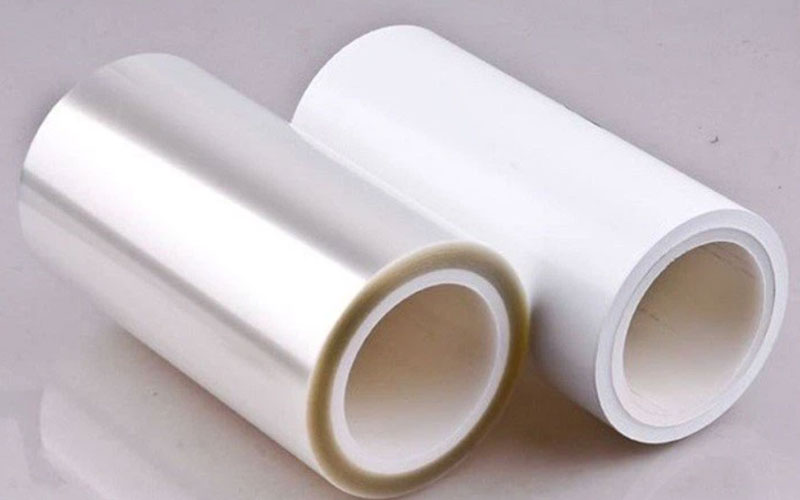
3. How to use hot melt adhesive film for PVC labeling
The use of hot melt adhesive film for PVC labeling is relatively simple and suitable for mass production.
- In actual operation, first lay the back of the PVC label facing up on the work surface of the flat press. If it is a whole piece of uncut PVC label, the PES hot melt adhesive film can be bonded to the PVC surface as a whole, and then cut to obtain a single PVC label.
- Next, the adhesive side of the PES hot melt adhesive film faces the back of the PVC label, and the protective paper on the back of the adhesive faces the heating surface of the press.
- When the press heats up to the specified temperature, press the handle of the press to start the hot pressing operation. After hot pressing, the PVC label is firmly bonded to the hot melt adhesive film. After the PVC label to be bonded cools down, tear off the protective paper on the back to complete the entire operation process.
This hot melt adhesive film operation method is not only simple and efficient, but also can ensure the beauty and bonding strength of the label. Therefore, in mass production, the use of hot melt adhesive film that produced by Alster will greatly improves production efficiency and reduces errors in human operation.
4. Advantages of hot melt adhesive film for PVC labeling
As a bonding material for PVC labeling, hot melt adhesive film has many significant advantages.
- First, the hot melt adhesive film is easy to operate and can adapt to the needs of automated production equipment, greatly improving production efficiency. Hot melt adhesive film does not require a long drying or curing time, and can be bonded instantly by heating, which makes it widely used in large-scale production lines.
- Secondly, hot melt adhesive film produced by our factory has excellent adhesion and excellent bonding performance. It can not only firmly bond PVC labels, but also meet its requirements for waterproof, oil-proof and flexibility of bonding materials. In addition, the environmental protection characteristics of hot melt adhesive film also make it an ideal choice for PVC labeling. Unlike traditional solvent-based adhesives, hot melt adhesive film does not produce harmful gases during heating, which meets today’s environmental protection standards and requirements.
- Another important advantage is the reusability of hot melt adhesive film. Unlike some disposable adhesives, hot melt adhesive film can be reheated and re-bonded under certain conditions, and has a certain degree of repairability. This not only extends the service life of PVC labels, but also reduces the production costs of enterprises and reduces the generation of waste.
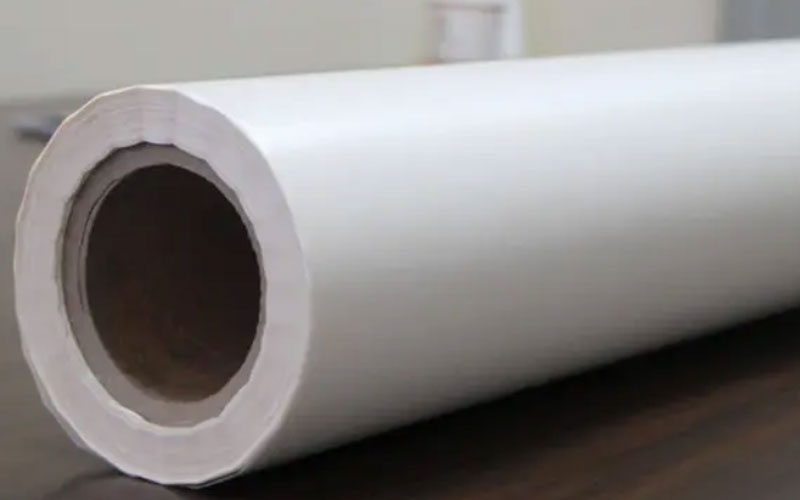
5. Conclusion
In general, hot melt adhesive film for PVC labeling has become an ideal choice in the field of PVC label bonding due to its convenient operation, excellent bonding performance and environmental protection characteristics. PES hot melt adhesive film has shown excellent performance in the application of PVC labeling due to its advantages of water resistance, high and low temperature resistance, environmental protection and high bonding strength.
With the advancement of technology and the continuous changes in market demand, the performance of hot melt adhesive film is also constantly improving. For enterprises in the clothing industry, choosing the suitable hot melt adhesive film can not only improve production efficiency, but also help companies to achieve the goals of environmental protection and sustainable development. If you have more needs or questions about hot melt adhesive film for PVC labeling, please feel free to contact Alster or follow us to get more relevant knowledge.





